Wastewater Treatment Plants
Wastewater Treatment Plants Specification
- Usage & Applications
- Industrial
- Frequency
- 50 Hertz (HZ)
- Technology
- Filtration
- Material
- MS
- Water Source
- Other
- Capacity
- 20 Kiloliter/day
Wastewater Treatment Plants Trade Information
- Minimum Order Quantity
- 1 Unit
- Supply Ability
- 100 Units Per Month
- Delivery Time
- 10 Days
- Main Domestic Market
- Gujarat
About Wastewater Treatment Plants
Wastewater Treatment Plants (WWTPs) Are Facilities Designed To Treat and Purify Wastewater before It Is Released into the Environment Or Reused. Wastewater Can Come from Various Sources, Including Residential, Industrial and Commercial Activities and It Often Contains Pollutants Such As Organic Matter, Pathogens, Chemicals and Nutrients. The Goal Of Wastewater Treatment Is To Remove Contaminants and Ensure the Water Meets Regulatory Standards For Discharge Or Reuse.
Wastewater Treatment Plants Also Called In Several Names Depending On The Specific Process Or Application, Including: Sewage Treatment Plants (STPs) Or Effluent Treatment Plants (ETPs) and They Also Include Common & Combined Effluent Treatment Plants (CETPs), Depending On Their Function and Source Of Wastewater.
We Are Manufacturers & Suppliers In Ahmedabad, Gandhinagar, Gujarat, India, Sanand GIDC, Mehsana, Vitthalapur, Mandal Bechraji Special Investment Region(MBSIR), Halol GIDC, Bavla Kerala GIDC, Dahej SIR & PCPIR(Petroleum, Chemicals and Petrochemicals Investment Region), Dholera SIR, GIDC Industrial Area(Gujarat Industrial Development Corporation), MIDC Industrial Area(Maharashtra Industrial Development Corporation), MPIDC Industrial Area(Madhya Pradesh Industrial Development Corporation), RIICO Industrial Area(Rajasthan State Industrial Development & Investment Corporation), PSIDC(Punjab State Industrial Development Corporation), SEZs Area(Special Economic Zones), SEEZ Area(Solar Energy Enterprises Zone) In Rajasthan, Peenya Industrial Area In Bengaluru(Bengalore, Karnataka) etc..
Capacities: 1) WWTPs Can Have a Capacity Of 5 KLD To 100 KLD) (10 MLD)
2) WWTPs Can Have a Capacity Of 10 KLD / 15 KLD / 20 KLD / 25 KLD / 30 KLD / 40 KLD /
50 KLD / 65 KLD / 75 KLD / 80 KLD / 100 KLD / 500 KLD / 1 MLD / 2 MLD / 5 MLD
Wastewater Treatment Plants Stages:
Preliminary Treatment: To Remove Large Debris and Solids From The Wastewater.(Processes Screening and Grit Removal)
Primary Treatment: To Remove Settleable Solids and Reduce the Organic Load In Wastewater.(Processes Sedimentation)
Secondary Treatment: To Remove Dissolved and Suspended Organic Matter the Remains After Primary Treatment.(Processes Biological Treatment)
Tertiary Treatment (Advanced Treatment) Optional: To Further Purify The Effluent From Secondary Treatment and Remove Residual Contaminants, particularly for Water Reuse Or Discharge into Sensitive Ecosystems.(Processes Sand Filtration and Membrane Filtration)
Sludge Treatment Management: The Settled Solids (Sludge) from Primary and Secondary Treatment Are Further Processed To Reduce Volume and Stabilize the Material, Often Through Anaerobic Digestion to Produce Biogas.
Types Of Wastewater Treatment Systems:
Activated Sludge Plant (ASP)
Trickling Filter
Membrane filtration (MF, UF, RO)
UV Disinfection
Rotating Disc System
Submerged Aerated Filter (SAF)
Sequencing Batch Reactor (SBR)
Suspended Media Filters (SMF)
Conventional Treatment Plants
Decentralized Or On-Site Treatment Systems
Membrane Bioreactors (MBRs) Combines Biological Treatment With Membrane Filtration
Applications Of Wastewater Treatment Plants In Different Industries:
Wastewater Treatment Plants Are Used Across a Wide Range Of Industries, Including Chemical Processing,Textile & Paper, Chemical Manufacturing, Mining, Electricity Production, Oil & Gas Industries, Hospitals, Paint, Construction, Power Generation, Paper & Pulp Production, Food Processing and Beverage Processing, Manufacturing, Metal Finishing, Even Municipal Sewage Systems and Others Are
Food Processing and Beverage Manufacturing: Removal Of Organic matter, Fats and Oils from Food Processing Wastewater.
Chemical Manufacturing: Treatment Of Wastewater Containing Hazardous Chemicals and Heavy Metals
Textile Industry: Removal Of Dyes and Chemicals from Textile Dyeing Wastewater.
Petroleum Refining: Treatment Of Oily Wastewater Containing Hydrocarbons.
Pharmaceutical Industry: Removal Of Pharmaceutical Residues and Organic Compounds from Wastewater.
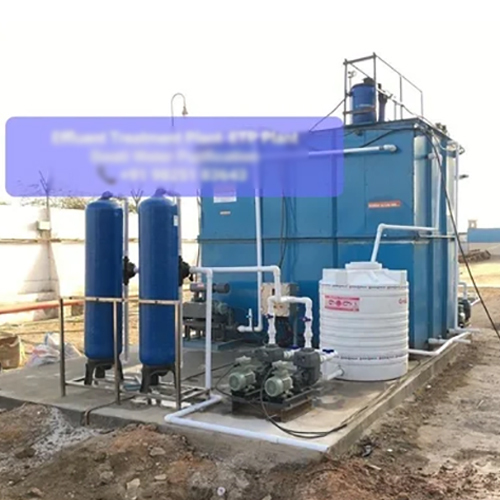
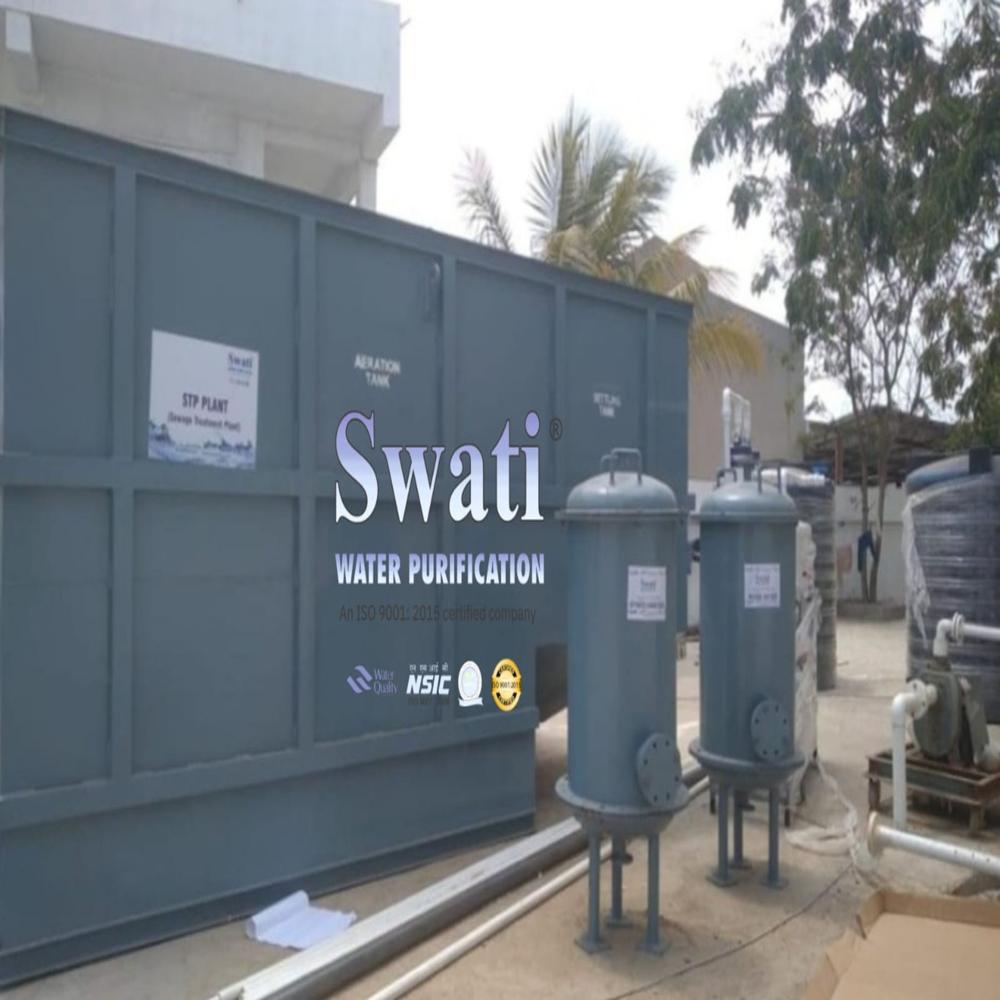
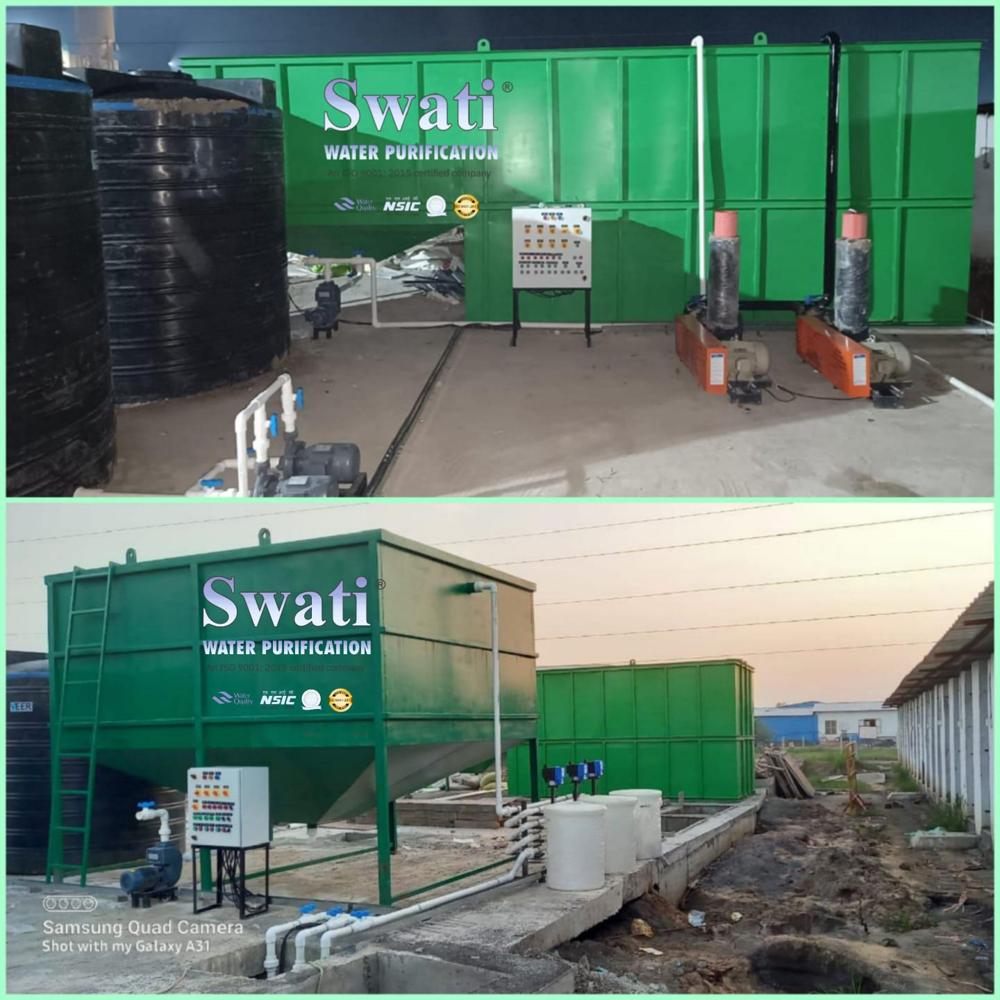

Price:
- 50
- 100
- 200
- 250
- 500
- 1000+
More Products in Wastewater Treatment Plants Category
MS Wastewater Treatment Plant
Price 560000.0 INR / Unit
Minimum Order Quantity : 1 Unit
Water Source : Other
Material : Mild Steel
Power Source : Electric
Warranty : 01 Year
Industrial Wastewater Treatment Plant
Price 175000.0 INR / Unit
Minimum Order Quantity : 1 Unit
Water Source : Other
Material : Mild Steel
Power Source : Electric
Warranty : 01 Year
PLC Wastewater Treatment Plant
Price 425000.0 INR / Unit
Minimum Order Quantity : 1 Unit
Water Source : Other
Material : Mild Steel
Power Source : Electric
Warranty : 01 Year
Zero Liquid Discharge System
Price 452000.0 INR / Unit
Minimum Order Quantity : 1 Unit
Water Source : Other
Material : Mild Steel
Power Source : Electric
Warranty : 1 Year

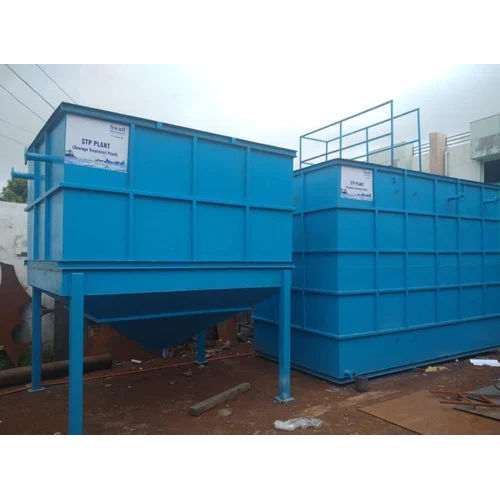
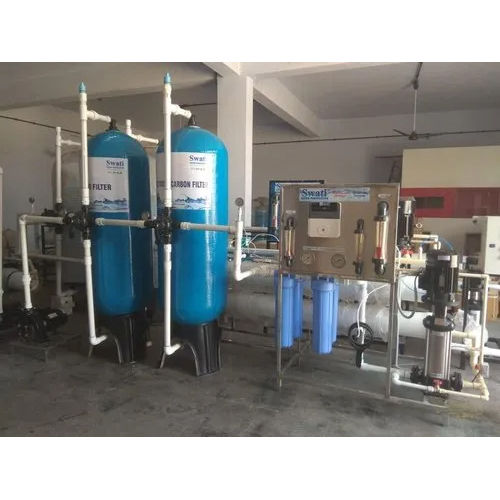
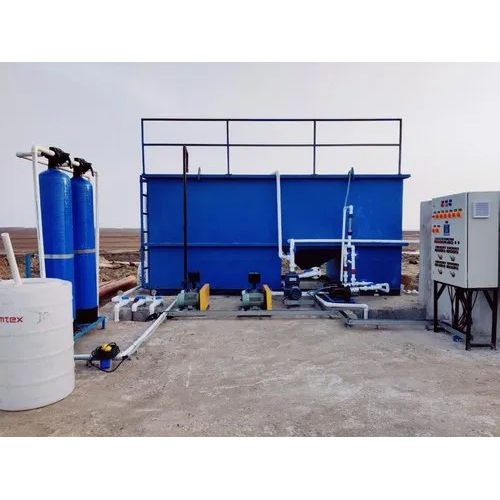
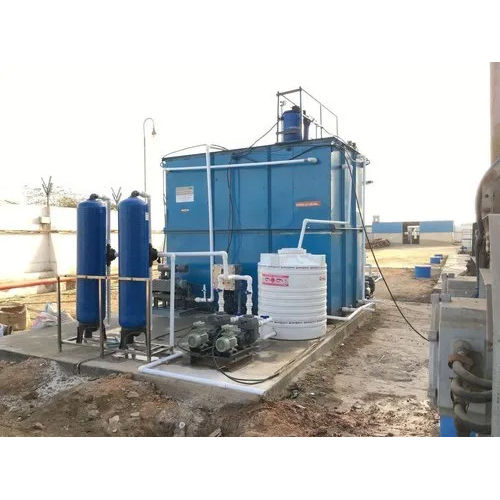


 Send Inquiry
Send Inquiry Call Me Free
Call Me Free